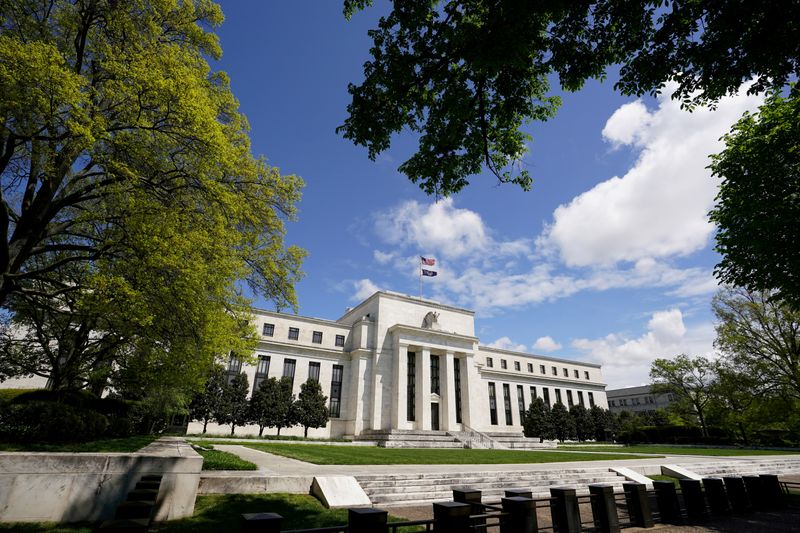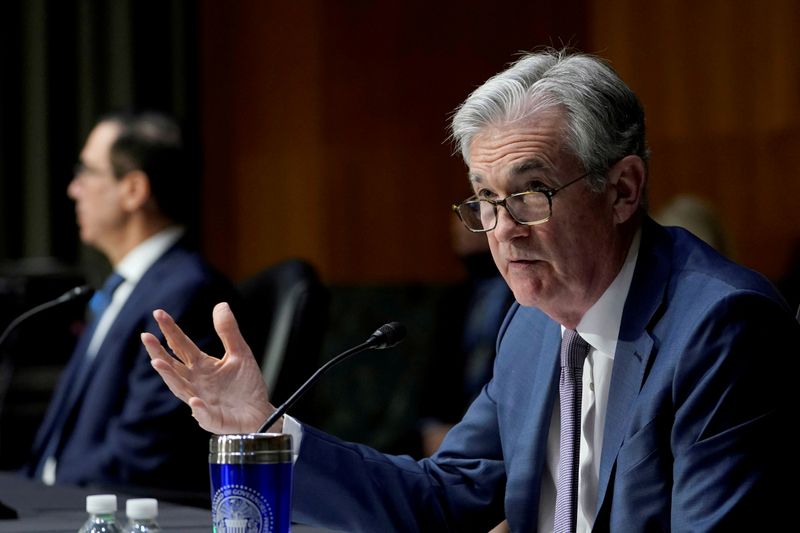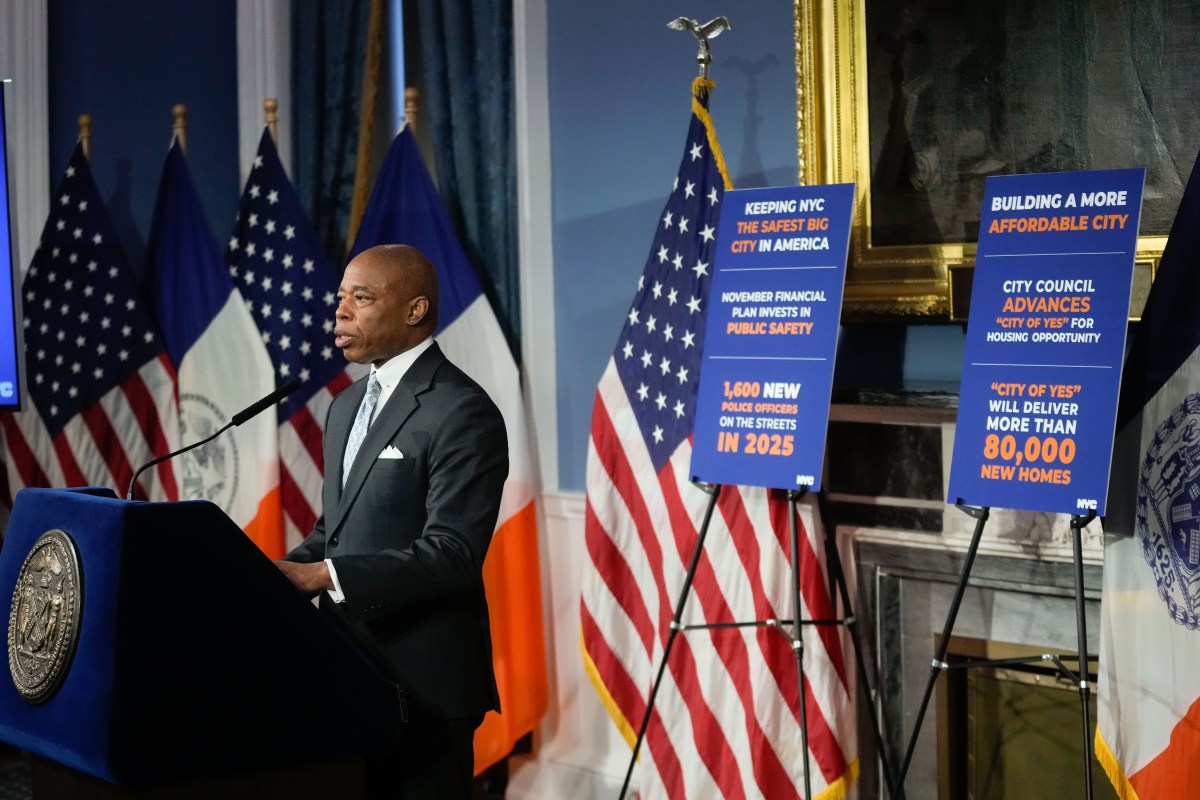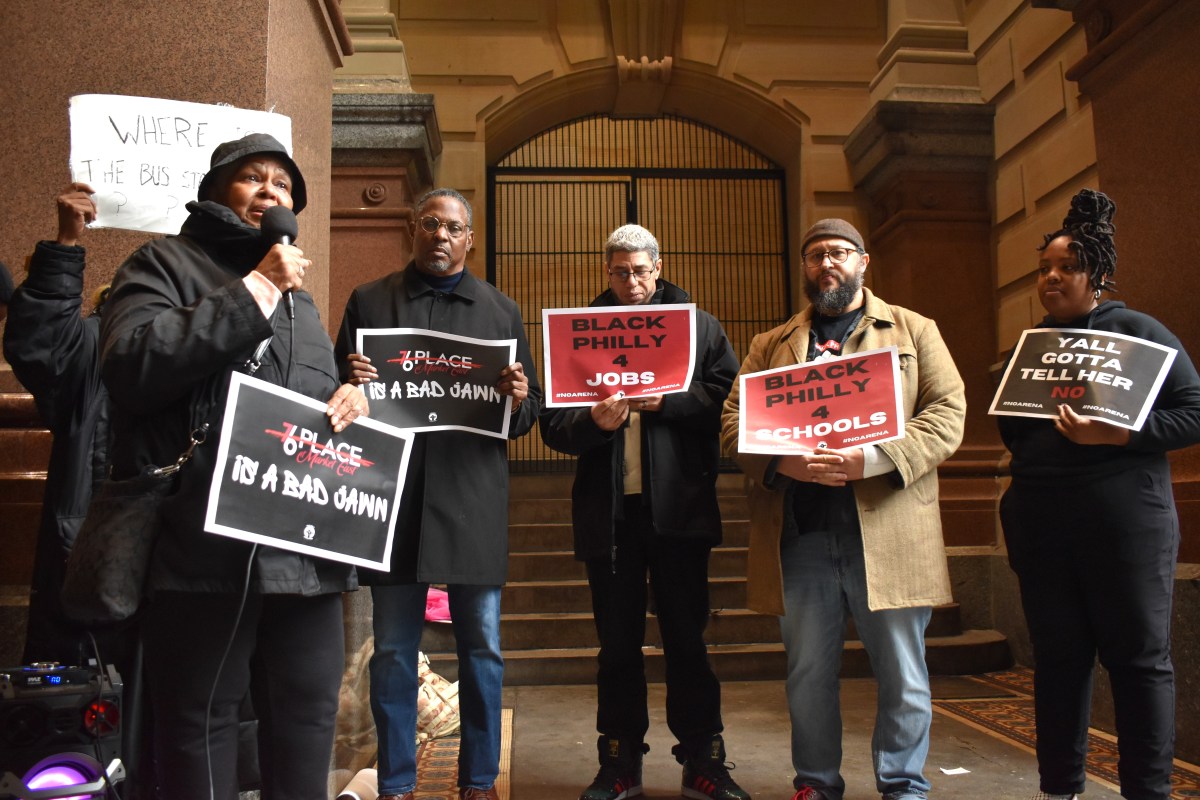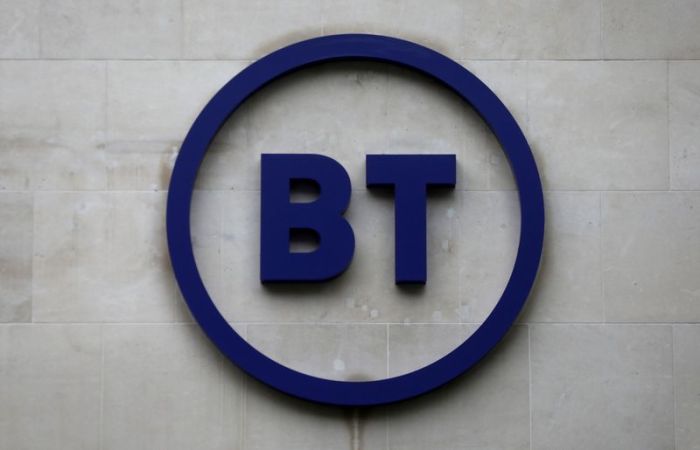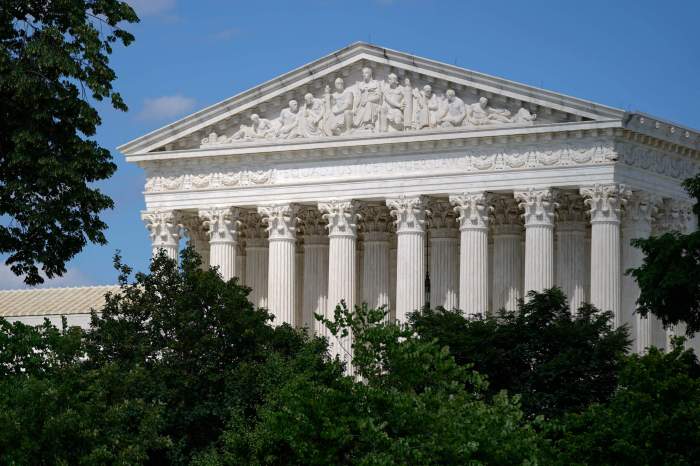NEW YORK (Reuters) – Investors are closely watching how fast U.S. Treasury yields may rise after the Federal Reserve this week reiterated its commitment to loose policies that are likely to help further boost economic growth and inflation.
That’s a key issue for both investors and Fed officials who would rather not have to ride out another bout of bond market volatility, as a growing body of indicators suggests U.S. growth is poised to take off this year.
On Thursday, the benchmark 10-year Treasury yield spiked to a 14-month high, following a relatively muted reaction on Wednesday, and the yield curve steepened to a fresh 5-1/2-year high.
A surge higher in yields would raise borrowing costs for companies and consumers, and could ripple across other asset classes like equities.
“To me it feels like it is a coiled spring,” said Mark Cabana, head of U.S. rates strategy at Bank of America. The Fed “is signaling that it wants to see an overshoot, it wants to see inflation and employment run quite hot.”
The Fed’s stance also “does raise some risks that whenever we do begin to hear a shift in tone from the Fed that there may be a bit more of a rapid adjustment in the market,” Cabana said.
Fears of sooner-than-expected interest rate hikes, or tapering of the Fed’s asset purchases, helped in the weeks leading up to the March 16-17 policy meeting to send yields on longer-dated Treasury yields to their highest in a year.
Rick Rieder, BlackRock’s chief investment officer of global fixed income, tweeted on Thursday that the Fed would likely be able to taper asset purchases “sooner than most expect: perhaps before the end of the year, which suggests to us that communicating the plan could come as early as the June meeting.”
The 10-year Treasury yield rose to a high of 1.689% prior to the Fed’s statement on Wednesday, its highest since January 2020, before retreating modestly. The selloff picked up again early on Thursday, vaulting the yield above 1.74% for the first time since January 2020.
Two-year note yields, which are the most sensitive to interest rate policy, dropped as low as 0.125% after the Fed meeting. Those notes had risen 3.6 basis points to 0.165% on Thursday.
That meant the spread between the two- and 10-year rates – the most common measure of the yield curve – widened as much as 160.2 basis points.
Andrew Brenner, head of international fixed income at NatAlliance Securities, wrote in a note on Thursday that the next big move for benchmark 10-year yields would be 2%.
“So when should we hit 2%? … At this rate maybe next week,” Brenner wrote.
TAPER TANTRUM
While long-term rates are likely to continue their upward march in line with better economic projections, higher inflation and rising Treasury supply, the question is how fast they move.
The Fed “has now calmed down potential market anxiety about a taper tantrum, and I think it buys time and paves the way for financial conditions to remain relatively loose and for the recovery to gather pace,” said Daniel Ahn, chief U.S. economist and head of Markets 360 North America at BNP Paribas.
Bond yields rose dramatically during the 2013 taper tantrum after then-Fed chief Ben Bernanke told lawmakers the central bank could slow its pace of asset purchases that had been propping up markets.
The Fed’s message on Wednesday was that rates were not rising in a hurry even though it expects the U.S. economy to grow 6.5% in 2021, unemployment to fall to 4.5% by the end of the year and the pace of price increases to exceed the Fed’s 2% target, at least temporarily. Powell noted the “strong bulk” of the Fed’s policy-setting committee anticipates no interest rate increase until at least 2024.
“The chairman has been quite clear that he’s happy about the pace of recovery increasing, but that doesn’t change their framework and it certainly isn’t going to force their hand to tighten policy sooner than they deem necessary,” said Michael Lorizio, senior fixed income trader at Manulife Investment Management in Boston.
Indeed, Powell could be comfortable with a steeper yield curve that bolsters private banking, said Venk Reddy, chief investment officer, Zeo Capital Advisors.
“I don’t see how we don’t end up with a very steep upward sloping yield curve over the course of time here,” Reddy said.
(Reporting by Karen Brettell and Kate Duguid; editing by Megan Davies, Leslie Adler, Alexandra Hudson and Paul Simao)

